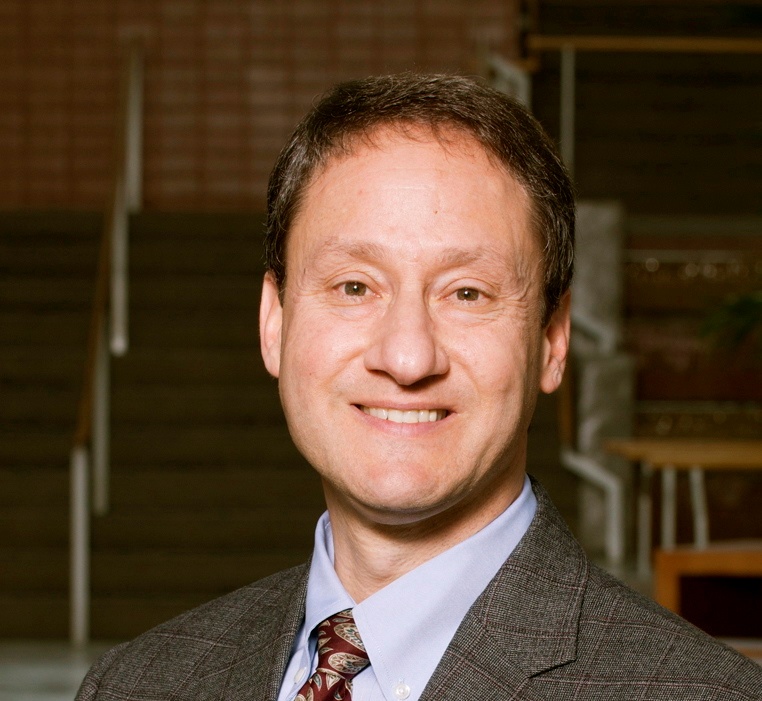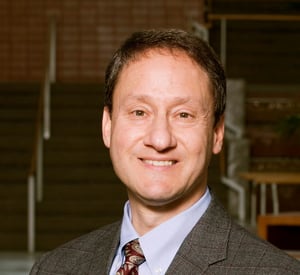Ken Getz: Exploring Challenges of Clinical Trial Operations

 Photo by J. Kelly Brito on Unsplash
Photo by J. Kelly Brito on Unsplash
Research on clinical trial enrollment makes for sobering reading, characterized by the oft-cited statistic that 11% of active sites fail to enroll a single patient. In this first part of a two part interview, we sit down for a discussion with Ken Getz of the Tufts CSDD. Here, Mr. Getz expands on some of the Center’s more recent research on challenges in clinical trial operations. In the second part, to be published next week, Mr. Getz will reveal his insights on the key opportunities for the future.
About Ken Getz
 Ken Getz is an internationally recognized expert on R&D and clinical trial management practices and trends, the global investigative site landscape, site management and patient recruitment and retention practices, and the worldwide market for outsourcing clinical research functions. Mr. Getz’s research studies on protocol design complexity and clinical research efficiency and effectiveness, conducted over the past two decades, are considered by many in the research-based life sciences industry to be pioneering work. His 20+ years of original research benchmarking R&D management practices, global outsourcing and the investigative site landscape have contributed to industry-wide understanding of these critical markets and to improvements in management strategy and execution.
Ken Getz is an internationally recognized expert on R&D and clinical trial management practices and trends, the global investigative site landscape, site management and patient recruitment and retention practices, and the worldwide market for outsourcing clinical research functions. Mr. Getz’s research studies on protocol design complexity and clinical research efficiency and effectiveness, conducted over the past two decades, are considered by many in the research-based life sciences industry to be pioneering work. His 20+ years of original research benchmarking R&D management practices, global outsourcing and the investigative site landscape have contributed to industry-wide understanding of these critical markets and to improvements in management strategy and execution.
Could you give us some background on the Tufts Center and your role there?
The Tufts Center for the Study of Drug Development is now celebrating its 40th year. It's an independent academic research group based out of the Tufts University School of Medicine. We receive grant funding from foundations, government agencies, and industry, to study a host of topics that comprise and characterize drug development, including economics, regulatory areas, and operating challenges and conditions. I'm an Associate Professor and my role at the Tufts Centre is as the director of all of our sponsored research programs. I have a team of people who study a variety of funded projects, most of them relating to operating efficiencies and the economics of drug development.
You have so many areas of expertise, it's hard to know where to start, but for this interview, perhaps we can focus on clinical trial operations. There are some widely known statistics that are attributed to you, namely that "11% of active sites failed to enroll a single patient". Can you tell us a little more about this research? Are there any related findings that you feel are equally important but perhaps less well-known?
People do tend to fixate on that 11%. The figure comes from many studies that we've conducted over the last 15 years or so where we look at multi-center clinical trials and try to get a read on their recruitment and retention performance. We also measure what proportion of sites are ultimately activated and how well they perform once they initiate enrollment. That 11% figure is really quite startling and I need to give you a little bit of background. We've found recently that the typical clinical trial across all therapeutic areas has to essentially double the planned enrollment period to reach the recruitment target. Even after we double that planned duration, we still see that about 10% of sites in any multi-center study will actually fail to enroll a single patient.
" The bigger issue is that even after we double the enrollment period, 40% of sites in a multi-center study, will under-enroll. In some cases, they might enroll only a single patient."
That raises a lot of questions. Is that a number we can be happy with? Is 10% a reasonable number that we should see on every study? One of the questions that would follow is, given the size of some of our multi-center programs where we might have, for example, 50 or 60 sites, if five or six of them fail to enroll a single patient, there's a tangible cost associated with identifying and selecting and ultimately engaging each of those sites. That's part of the issue. That's one of the reasons why that 10% figure, and the fact that it hasn't changed, is a concern for us.

The bigger issue is that even after we double the enrollment period, 40% of sites in a multi-center study, will under-enroll. In some cases, they might enroll only a single patient. That's actually our most costly group because the site has now technically been activated. We have to monitor that site's performance and check their data. They have to be managed by many different parties, including the study monitor and our data managers, routinely. We have to send them clinical supplies, and we've got to make sure that they have all that they need to continue to participate in the trial. That's a very, very, costly group. We also have not seen an improvement in that segment as a proportion of the total.
We have done about a half a dozen studies on the investigative site landscape and the site performance in clinical trials. So here, I'm summarizing the results of a number of those studies.
"....invariably, companies have to continually revise their enrollment performance assessments because they just have a really difficult time predicting a fairly accurate recruitment curve..."
That's very troubling, isn’t it?
It really is. It speaks to so many of the challenges that we face in selecting and starting up our sites. It calls into question how effective our site identification and selection and startup activities are if we're typically seeing that kind of performance. Even more than that, of the percentage that either failed to enroll or under-enroll we have a really hard time as an industry predicting which sites will fall into which bucket. A site may be a top performer on one study, and then on the next one they're an under-enroller. It's not very predictable. In fact, it's so challenging that, invariably, companies have to continually revise their enrollment performance assessments because they just have a really difficult time predicting a fairly accurate recruitment curve.
Clearly, one of the bottlenecks in enrollment planning is study startup. Can you tell us a bit more about your research in that area, and what you found most surprising?
The whole study startup area, which we have touched on earlier, is incredibly inefficient. It takes today an estimated 31 weeks, more than half a year, to identify and select and start up sites so they're ready to begin recruitment for the trial. We have not seen any kind of acceleration in that timeframe. If anything, our data suggests that it's taking longer today than it did in the past. It's a function of many things. It's a function of having very complex and demanding protocol designs, which makes it hard to find sites that have the requisite patients that meet all the eligibility criteria. We're moving toward recruiting sites to work on studies that are even more difficult, targeting more specific patient sub-populations, in many cases in specialty and rare diseases. We find that sponsors are competing for the same investigators so there are a number of bottlenecks here as well.
The study startup phase of the entire site engagement process represents about 60% of that total 31-week timeframe. It takes a tremendous amount of time today to review, agree, and negotiate the contract and the budget for the study. Getting ethical review committee approval also takes a fair amount of time. All these factors contribute to that lengthy period of time that it takes to start up a site and get them ready to enroll in the study.
In the second part of the interview, Ken Getz will discuss the role of regulators, the part that protocol amendments play in the challenges, and his view on where the opportunities for the future lie.
Interested in further reading on overcoming challenges in enrollment forecasting? Click the button below to download our white paper ' The Model-Based Approach: A Better Way to Forecast Enrollment'
Further Reading
Getz, K. (2017) trends in clinical trial design complexity. Nature Review Drug Discovery, 16(5): page 307.
Getz, K. (2012). Enrollment Performance: Weighing the "Facts".
Lamberti, M., Wilkinson, M., Harper, B., Morgan, C. and Getz, K. (2018). Assessing Study Start-up Practices, Performance, and Perceptions Among Sponsors and Contract Research Organizations. Therapeutic Innovation & Regulatory Science, p.216847901775140.
Getz, K., Stergiopoulos, S., Short, M., Surgeon, L., Krauss, R., Pretorius, S., Desmond, J. and Dunn, D. (2016). The Impact of Protocol Amendments on Clinical Trial Performance and Cost. Therapeutic Innovation & Regulatory Science, 50(4), pp.436-441.


